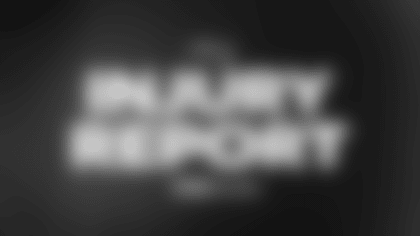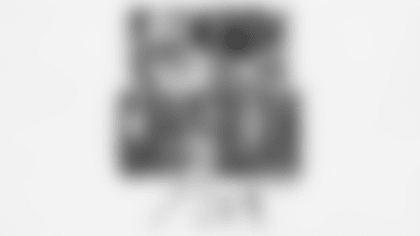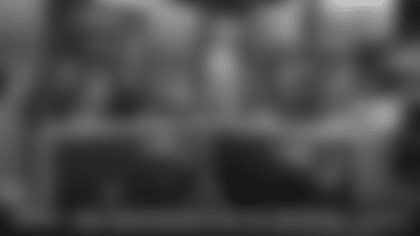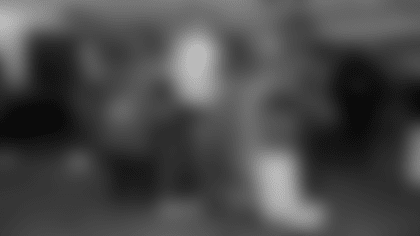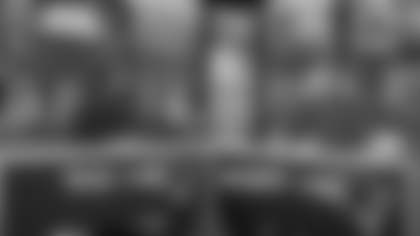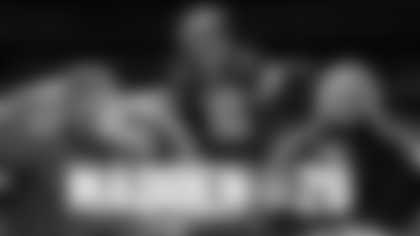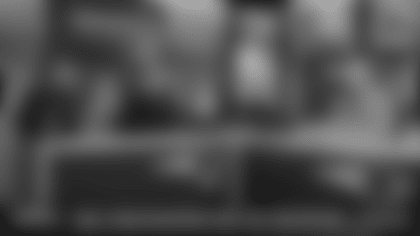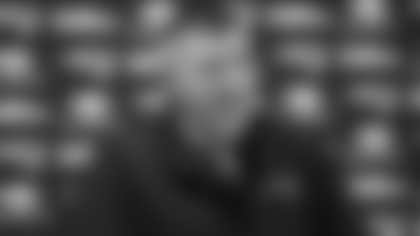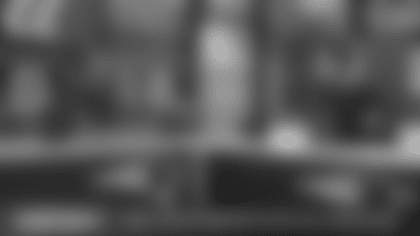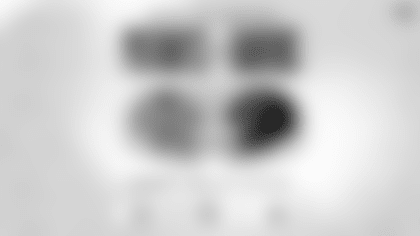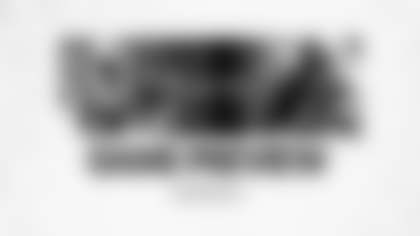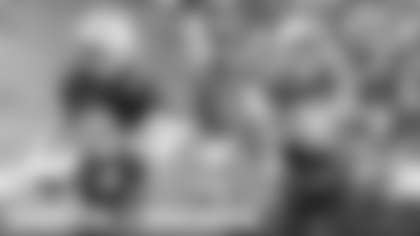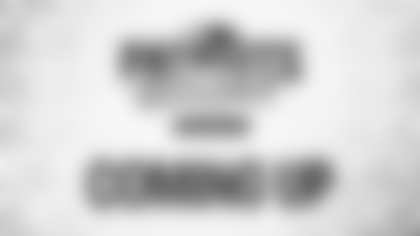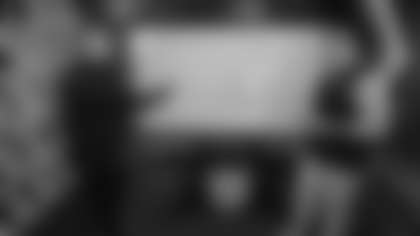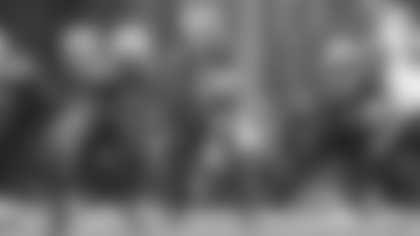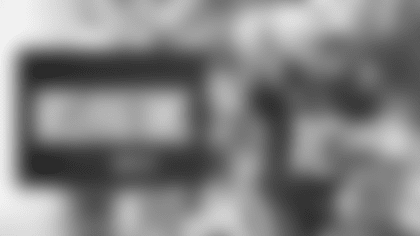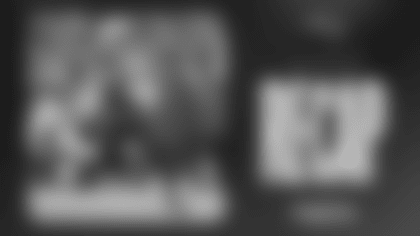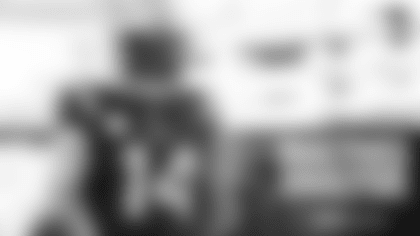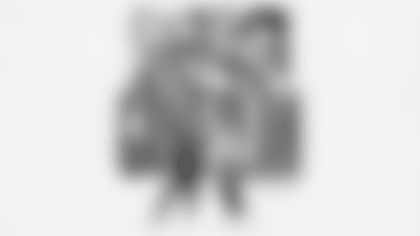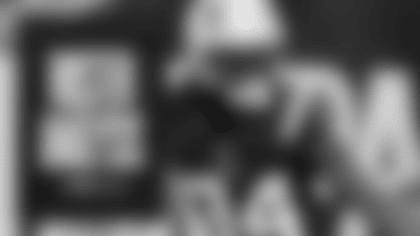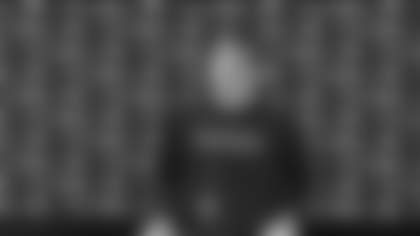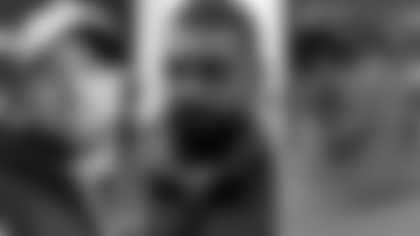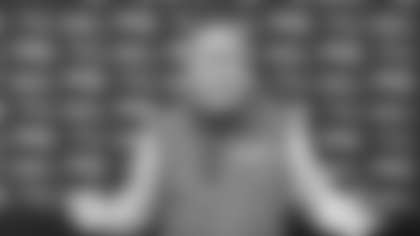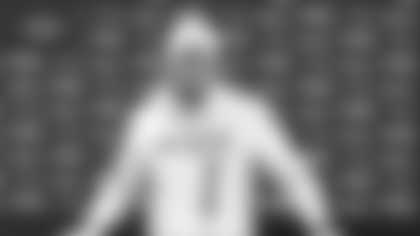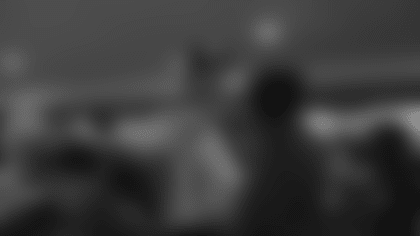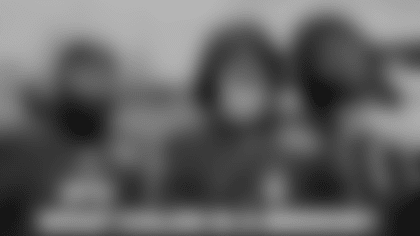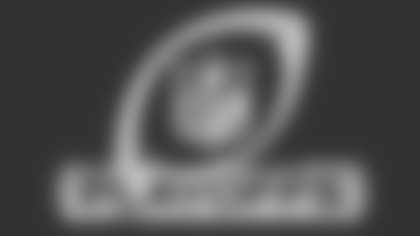ORLANDO -- Here's the reality of the NFL's new player safety-minded rule that will penalize any player who lowers their head and initiates contact with the helmet: This is very much a work in progress, with plenty of questions remaining on how it will be implemented and how much impact it has on the way the game has been played in the past.
The league is aware it's going to primarily be an easy call to make when the infraction happens between players in space, where the maneuver is very visible, as opposed to the every-play contact that unfolds inside the tackle box at the line of scrimmage.
Unless it's a running back who drops his head to lead with his helmet as he's hitting the hole, the NFL doesn't expect its game officials to be able to keep an eye on all the contact that occurs between offensive and defensive linemen.
While the NFL this year has been working on the issue of trying to further eradicate helmet hits from the game since the competition committee met in Indianapolis in February, the league expected to make a rule clarification or point of emphasis announcement at this annual meeting, not vote in a new rule after a rather hasty process of writing out a proposal Tuesday afternoon to put before the owners.
So after weeks of focusing on how to fix the high-profile and problematic catch rule this offseason, making sure everyone understood the simplification process that was likely to result from the competition committee's work, the NFL assembled another potentially major rule change while almost no one outside the league was even aware of it.
In sending a stronger than expected message that helmet-initiated contact is going to forbidden more so than ever, it's helpful to remember that five years ago there was a firestorm of predictions that the NFL was ruining the game when the league decided to penalize ball carriers who tried to use the crown of their helmet against would-be tacklers.
That was 2013, and the rule barely made a ripple once it was on the books, either because it was rarely called or rarely attempted. And the NFL survived and prospered.
This latest effort to focus in on helmet hits is undeniably far more reaching and could have far greater impact on the way the game plays. But we don't know yet how much, because the league doesn't yet have all the particulars sorted out.
"We believe that this rule is actually going to be very easy for us to officiate and bring clarity,'' NFL commissioner Roger Goodell said in his wrap-up news conference Wednesday at the NFL annual meeting. But again, that likely depends on where that helmet contact occurs, and which players are engaged in it.
How stringent will the officials look for it? If they call only the obvious examples, such as the Ryan Shazer hit that left the Steelers standout linebacker dealing with a severe spinal cord injury late last season, this won't be a dramatic development, but instead another step toward changing players' behavior for their own good.
"Our focus is how to take the head out of the game and make sure we're using the helmet as protection, and it's not being used as a weapon, and that's the core of what we're focused on,'' Goodell said. "There's still a great deal of communication and education that still needs to take place. We'll be doing that over the next 90 days including going to each club, having players, coaches, medical staff, all hands on deck at each club to go through the changes."
While both Goodell and NFL competition committee chairman Rich McKay said the coaches were strongly in support of the new rule, even though they "understand it's a major change'' that has become necessary. Now it's time for everyone to cope with the trickier task of bringing the players up to speed and get them to see the positives and the impetus for the change.
This much we can now be sure of: Goodell said the NFL will use replay review to essentially back up the game officials and determine when the contact is egregious and might result in a player being thrown out of the game. In essence, it'll be a targeting rule the NFL doesn't call a targeting rule. But the parameters of what kind of hit will warrant ejection and/or a possible fine and suspension is still to be determined, as the league puts on a full-court press to have a workable standard by the time the 2018 season opens.
"It is the first time we've used replay for safety,'' Goodell said. "It's the first time we've used replay in respect to any kind of foul. But (figuring out the specifics) is exactly the work we need to do over the next few weeks. What's the standard where it goes to disqualification or fine or suspension?''
There's a lot left to learn about this new rule and this story. It's not time to overreact in late March to a modification no one has a total grasp of. But it is incumbent on the NFL to get very busy in April-July explaining its vision for the way forward, and doing everything it can to mitigate confusion and frustration before training camps spring to life this summer.
Like the players themselves, the NFL can't drop its head and plow forward on this issue. It's going to take straight talk and plenty of communication and cooperation to give everyone an understanding of this change.


